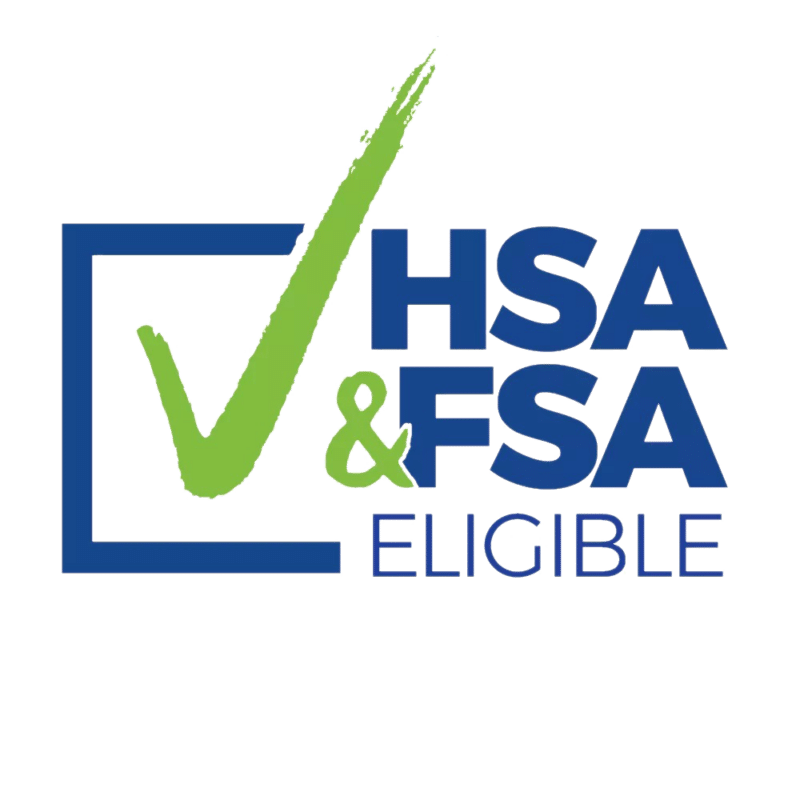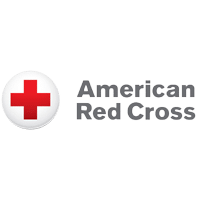No products in the cart.
Uncategorized
Myths & Saving Lives: What You Need to Know About Using an AED
Automated External Defibrillators (AEDs) have revolutionized emergency response, particularly in cases of sudden cardiac arrest (SCA). These portable devices are designed to deliver an electric shock to the heart, restoring its normal rhythm. Despite their life-saving potential, myths and misconceptions surrounding AEDs persist, potentially deterring people from using them effectively in critical situations. In this article, we will debunk common myths surrounding AEDs and emphasize their importance in saving lives
.Myth 1: Only Medical Professionals Can Use AEDs
One of the most pervasive myths about AEDs is that only trained medical professionals can operate them. In reality, AEDs are designed to be user-friendly, with simple instructions and automated features that guide even untrained individuals through the rescue process.
Most AEDs come with clear visual and audio prompts that provide step-by-step guidance on how to use the device effectively. In emergency situations, time is of the essence, and bystanders, including those without medical training, can play a crucial role in administering life-saving treatment with an AED.
Myth 2: AEDs Can Harm the Victim
Some people are hesitant to use AEDs due to concerns about causing harm to the victim. However, when used correctly, AEDs are safe and can significantly increase the chances of survival for someone experiencing sudden cardiac arrest. Modern AEDs are equipped with built-in safety features that analyze the victim’s heart rhythm and deliver a shock only if necessary.
Additionally, the electrical energy delivered by AEDs is carefully calibrated to restore the heart’s normal rhythm without causing harm to the surrounding tissues. Research has shown that the benefits of early defibrillation far outweigh the risks, making AED use a vital component of emergency response protocols.
Failing to employ an AED when necessary poses far greater risks than any potential drawbacks of its utilization. In fact, for every minute that defibrillation is delayed, the likelihood of a person’s survival decreases by 7-10%.
Myth 3: AEDs Are Complicated to Use
Another common myth is that AEDs are complicated devices that require extensive training to operate. While familiarity with AED use through training is beneficial, most AEDs are designed for use by laypersons in emergency situations. The devices typically feature intuitive interfaces and clear visual instructions to guide users through the rescue process.
Additionally, many communities offer CPR and AED training programs to equip individuals with the skills and confidence to respond effectively to cardiac emergencies. By demystifying the use of AEDs and providing accessible training opportunities, we can empower more people to take action when seconds count.
Myth 4: AEDs Can Restart a Stopped Heart
A common misconception is that AEDs have the ability to restart a stopped heart. In reality, AEDs work by delivering an electric shock to the heart in an attempt to restore its normal rhythm during sudden cardiac arrest. The device analyzes the heart’s electrical activity and determines whether a shock is necessary to reset the heart’s rhythm.
While AEDs can be highly effective in restoring normal heart function if used promptly, they are not capable of restarting a heart that has completely stopped beating. For this reason, prompt initiation of CPR, in addition to AED use, is critical in maximizing the chances of survival for someone experiencing sudden cardiac arrest.
Myth 5: AEDs Are Only Needed in Public Places
While AEDs are commonly found in public places such as airports, shopping malls, and sports facilities, sudden cardiac arrest can occur anywhere, including homes and workplaces. In fact, the majority of sudden cardiac arrests occur outside of hospitals, making it essential for communities to have widespread access to AEDs.
Increasing the availability of AEDs in all settings, along with raising awareness about their importance and encouraging bystander intervention, can significantly improve survival rates for sudden cardiac arrest victims. Every minute counts during a cardiac emergency, and having an AED nearby can make a lifesaving difference.
Myth 6: AEDs Are Expensive and Inaccessible
Another misconception is that AEDs are prohibitively expensive and only available in select locations. While it’s true that AEDs can represent an investment, their cost has decreased significantly in recent years, making them more accessible to a wider range of organizations and individuals. Additionally, many communities and organizations offer AED funding programs or grants to help offset the cost of purchasing these devices.
Furthermore, a growing movement is advocating for legislation mandating the placement of AEDs in public spaces, further increasing their accessibility. Investing in AEDs is an investment in public safety, and the potential to save lives far outweighs the initial cost.
Myth 7: AEDs Can Be Used on Anyone Experiencing a Medical Emergency
While AEDs are incredibly effective in treating sudden cardiac arrest, they are not suitable for all types of medical emergencies. AEDs are specifically designed to treat life-threatening cardiac arrhythmias, such as ventricular fibrillation and ventricular tachycardia, which can lead to sudden cardiac arrest. Using an AED on someone who is not in cardiac arrest or whose heart rhythm does not require defibrillation is unnecessary and could potentially be harmful. It’s essential for individuals to be trained in recognizing the signs of sudden cardiac arrest and understanding when to use an AED versus providing other forms of medical intervention or assistance.
Myth 8: AEDs Can Revive Someone Who Has Been Unconscious for a Prolonged Period
While AEDs are highly effective when used promptly during sudden cardiac arrest, their success diminishes significantly if too much time has passed since the onset of cardiac arrest. AEDs work best when administered within the first few minutes of cardiac arrest when the chances of restoring a normal heart rhythm are highest.
As time elapses, the likelihood of successful defibrillation decreases, and the chances of irreversible brain damage or death increase. Therefore, while AEDs are an essential component of emergency response, it’s crucial to emphasize the importance of early recognition of cardiac arrest and prompt initiation of CPR alongside AED use to maximize the chances of survival.
Conclusion:
Dispelling myths and misconceptions about AEDs is crucial in promoting their widespread use and maximizing their potential to save lives. These portable devices are designed to be user-friendly and safe for individuals with or without medical training. By debunking myths surrounding AEDs and emphasizing their importance in responding to sudden cardiac arrest, we can empower more people to act in emergencies. Access to AEDs, coupled with CPR training and public awareness campaigns, can greatly improve outcomes for sudden cardiac arrest victims and increase the likelihood of survival. It’s time to debunk the myths and embrace the lifesaving potential of AEDs in our communities.






